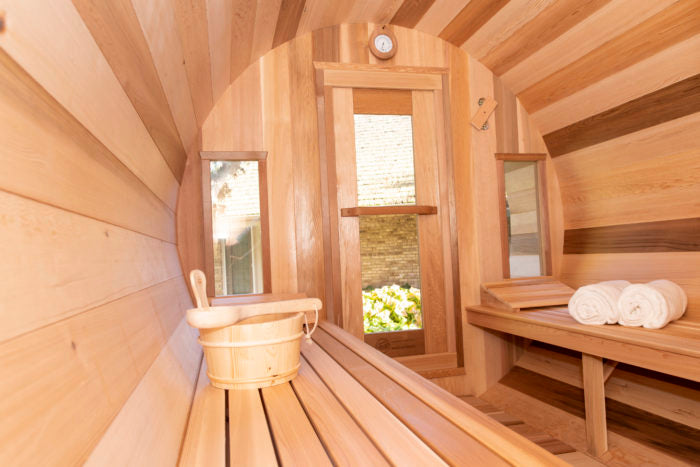Some Of Traditional Sauna
Some Of Traditional Sauna
Blog Article
The 15-Second Trick For Traditional Sauna
Table of ContentsThe Facts About Traditional Sauna UncoveredFacts About Traditional Sauna Revealed4 Easy Facts About Traditional Sauna ShownTraditional Sauna for DummiesTraditional Sauna Things To Know Before You Buy
The majority of the weight shed in a sauna is water loss and is re-gained upon rehydrating. Nonetheless, undoubtedly sauna can be an integral part of a healthy weight management program. To check out the differences between conventional and IR saunas, I will separate these right into proven, theoretical, and made distinctions.Therefore, the hottest factor in the saunawhich is at the ceiling straight above the sauna heateris generally between 185 and 190 F. Claims that a standard sauna goes beyond 200 F is merely not real and not applicable for electrical saunas sold in the United States. The temperature level for a far-infrared sauna is typically established between 120 and 140 F; however, unlike the conventional sauna, the goal in and IR space is not to attain a high temperature level.
Due to this, the temperature difference is almost unimportant, since excessive sweating results in both sauna types, however the technique of heating the body is different. In an IR sauna the bather will really feel hot and will sweat profusely, yet at much lower temperature levels (Traditional Sauna). Hence, if the goal is to invest longer amount of times in the sauna, the IR sauna is an excellent option
When a typical sauna has been correctly heated up, the sauna wall surfaces are warm, the air temperature level has accomplished established temperature and the rocks are extremely warmed. As an intriguing side note, the heated walls and the rocks are emitting far-infrared warmth, integrated with the warmed air, to create an "enveloping warm".
Not known Facts About Traditional Sauna

When the heat is achieved, the elements cycle on and off to keep the heat. The majority of traditional sauna users delight in putting water over the rocks to develop vapor to increase sauna humidity degrees. The advantages of pouring water over the rocks include: making the area extra comfortable, moistening the nasal flows, and enabling the usage of aromatherapy by mixing essential oils with the water.

When the energy goes into the body, it causes the body temperature to enhance and eventually causes sweating. In an infrared sauna it is essential for the emitters/heaters to continue to be on nearly constantly. Since there is no mass of rocks to keep heat, the sauna will cool if the emitters closed off.
As mentioned over, the sauna bather in an infrared room wishes to position himself before running emitters to get optimal benefit from the warmth. The heating time for the 2 areas can be really different, depending upon exactly how the spaces are used. For a traditional sauna, a bather ought to allow 30-40 mins for the room to achieve a desired temperature level and to correctly pre-heat the rocks.
Things about Traditional Sauna
A well created sauna will typically accomplish a temperature of 150-160 F in concerning visit this web-site 30-40 mins. For hotter temperature levels, the space may require to warmth for a longer period.

Typical saunas have a tendency to be bigger (thus make use of more power) than infrared saunas, although standard saunas are definitely offered in one and 2 individual sizes. For a two-person traditional sauna, 5x6 or 5x7 size is most popular. The leading bench can pleasantly seat two or 3 individuals and is likewise enough time to rest throughout the sauna session.
The 3-Minute Rule for Traditional Sauna
The ordinary expense per kWH of electricity in the united state is approximately $0.11, so a 4.5 kW heating system will set you back roughly $.50 to compete one hour, if the heater runs continuously for one hour. Usually a sauna heater will certainly compete 75% of the initial hour and 50% of subsequent hours on considering that the components cycle once the set temperature is attained.

There is a hardly ever gone over distinction in the social experience in between the two spaces. While our society has actually shed a few of the social benefit of the conventional sauna experience, it can be very socially satisfying (Traditional Sauna). From family members time click to read more in the sauna, to heart-felt discussions with substantial others, to sauna partiesthe conventional sauna experience can bring about intimate mingling
The 8-Minute Rule for Traditional Sauna
The majority of greater end infrared rooms consist of colored light therapy, noise systems and full-glass fronts.
Report this page